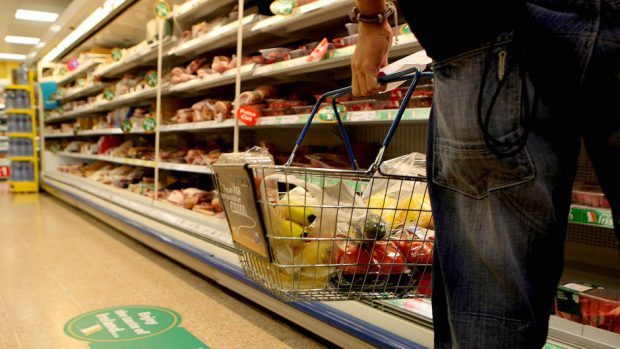Veterinary leaders have put their weight behind a campaign calling for all meat and dairy products to carry information about the animal’s method of production and slaughter on the label.
The British Veterinary Association (BVA) has pledged support for the Labelling Matters campaign, which calls for method of production labelling on all meat and dairy products.
This type of labelling is already mandatory for shell eggs, which must be labelled either as eggs from caged hens, barn eggs, free range or organic.
The BVA said by extending the rules to cover meat and dairy products, consumers would be given information to help them answer questions about how the animal was kept or whether or not it died a humane death.
The organisation said any mandatory labelling scheme would have to be underpinned by “robust welfare outcome safeguards, with on-farm welfare assessments ensuring that high welfare standards are being achieved”.
BVA president, Sean Wensley, said: “For vets it’s a top priority that the animals we rear for food have a good life and a humane death. Research shows that vets are not alone in caring about where their food comes from.
“Mandatory method of production labelling would give unambiguous information to the high numbers of consumers who care about animal welfare when buying meat and dairy products and help ensure market support for British farmers who pride themselves on achieving the highest welfare standards.”
He said researched carried out as part of the Labelling Matters campaign found that 80% of EU consumers wanted labelling that showed the farm system used to produce their meat or dairy product.
In addition, a study of 13,500 meat consumers from across 27 EU member states found 72% wanted meat products to carry information about whether or not the animal had been stunned ahead of slaughter.
The BVA has long called for a ban to non-stun slaughter on the grounds of animal welfare concerns.










